Cardinal: Open source VCV Rack as a free VST plugin
If you don’t want to invest in VCV Rack 2 Pro to get a modular rig inside your DAW then Cardinal will wrap up the free version as a plugin.
Cardinal
The developers say that Cardinal exists as a way to have VCV Rack as a proper “open-source audio plugin.” By this they mean one that works with multiple platforms and operates more efficiently than the current VCV Rack V2. They claim that as it’s a self-contained plugin it suffers from none of the conflicts or crashes that people have experienced with v2 of VCV Rack Pro running inside a DAW. There’s also talk of jitter issues and MIDI problems that Cardinal has gotten around.
These are not the sort of things I can verify; VCV Rack 2 Pro seems to work fine on my system, so we’ll have to take their word for it. The makers of Cardinal fully acknowledge that it wouldn’t exist without the fine work done in VCV Rack 2 Pro and wish it no ill will.
Ultimately the idea seems to be the desire to give us a free plugin version as opposed to having to pay for the pro version of VCV Rack 2, and one that works better.
Differences
The main differences are that Cardinal only supports the modules that are included in the build of the plugin. These are the stock modules and some of the other free ones. You can’t load external modules or commercial ones. Cardinal adds VST3 support, LV2 support for Linux and support for Apple M1, ARM and BSD systems. On the other hand, Cardinal has none of the support offered by VCV Rack. Cardinal is of course free and open source whereas VCV Rack is not.
There does seem something odd about Cardinal taking a paid-for feature from a commercial product and releasing a free version of it. While the work they’ve done to improve the plugin experience is admirable it would be interesting to get some clarification on the relationship and how they’re able to do this.
Open-Source
As with many things open-source and stored on Github it can take a bit of searching and wondering to find the software and then work out how to install it. The Windows build is quite huge and extracts into all sorts of plugin version folders and doesn’t have an installer. There are some instructions but ultimately just copy them to your Vstplugins folder and you’re away (hopefully).
- Distrho Cardinal Github page.
You are currently viewing a placeholder content from YouTube. To access the actual content, click the button below. Please note that doing so will share data with third-party providers.
5 responses to “Cardinal: Open source VCV Rack as a free VST plugin”
You are currently viewing a placeholder content from Facebook. To access the actual content, click the button below. Please note that doing so will share data with third-party providers.
More InformationYou are currently viewing a placeholder content from Instagram. To access the actual content, click the button below. Please note that doing so will share data with third-party providers.
More InformationYou are currently viewing a placeholder content from X. To access the actual content, click the button below. Please note that doing so will share data with third-party providers.
More Information
 4,0 / 5,0 |
4,0 / 5,0 | 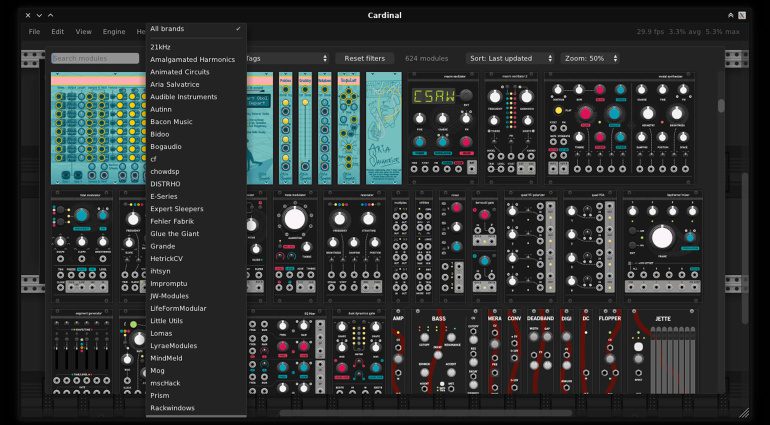
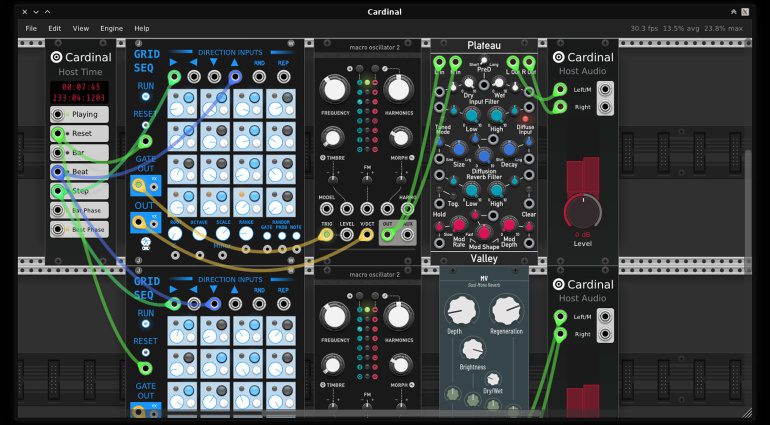


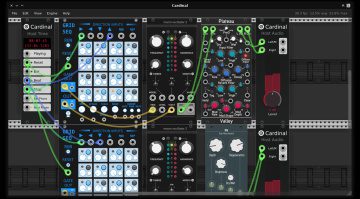

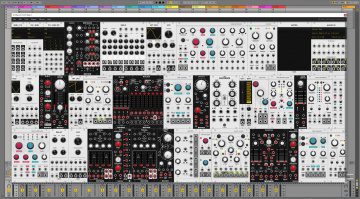
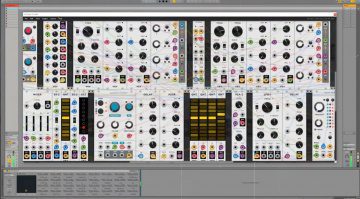


` LV2 support for Linux` << not correct, it's `LV2 support for all platforms`.
Cardinal is also not "a free version", it works entirely differently with many deliberate limitations. Rack2Pro has much bigger goals in mind and Cardinal can be used complimentary using the same concepts and core engine, and even possibly host each other in some cases. Why is it odd that developers offer different projects based on the same core software tools? This is completely normal software development practice.
You also don't mention the different ways in which the plugins integrate with the host. Cardinal also supports LV2 and VST3 CV-ports, where Rack2Pro tries to provide the full Rack2Free desktop "infinite modular" experience inside of the DAW.
“Cardinal is of course free and open source whereas VCV Rack is not.”
Wait. Wait. Wait. Of course VCV Rack is open source. That’s the only reason that projects like Cardinal exist. The stand-alone version of VCV Rack is free (as in free beer). The VST plugin of VCV Rack Pro 2 is not open source, nor is it free.
So this project offers us a use case of providing a better performing VST3 plug-in and native Apple M1 support for free (again beer) in exchange for a boat load of compromises — mainly it leaves behind the community that creates the bulk of the value that is VCV Rack.
Like other VCV Rack forks (see miRack before it), there has to be a really compelling reason to use it, but history has shown us that patience is the best solution to VCV Rack’s shortcomings. While we wait projects like this put a tiny bit of pressure on Mr VCV Rack to get his house in order and get the features working as needed. But I suspect the biggest influence on potential improvements in VCV Rack will be the success of the new commercial version of VCV Rack 2 Pro.
Oh. Apparently the VST3 plugin version of Cardinal is a “WIP”. I think VCV Rack Pro’s VST3 plugin is also officially a WIP. So Cardinal is down one use case for the time being. Wait, I forgot what the other ones were… oh right. It’s free as a plugin. I guess that’s something.
Was it not the reported way that Andrew treated some VCV rack module devlopers that in some part caused the need for Cardinal?
I have used VCV Rack for years and Host FX to work with DAWs. I will not be buying the PRO version and will give Cardinal a spin.
Good idea… but this is „uninstallable“ for “normal” musicians…. Dear cardinal makers, please think the idea to a usable end… please ONE install-file with a „normal“ install routine, not these bunch of files with cryptic names…. Nearly no one, have fun to install this… I also can’t find a install-manual…
Update: make a Search Module within the patch, where you can easily find a Modul, an than drop it out of these box in your patch. This searching procedure in VCV is crap and needs time. Doesn’t make fun. Make Groups of Modukes above the result field, like Nord Modular or Bitwig Grid ( like OSC / FILTER / MODULATOR…. ) than it is usable and fast an makes fun.